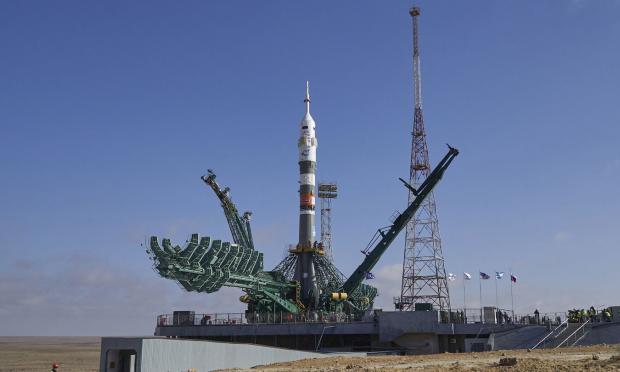Journalistic sources report that Iran is planning a "full-scale attack" on Israel, involving stronger warheads than before and new weapons.
This scenario is further reinforced by the launch of two Iranian satellites into space by the Russians. According to an American publication citing informed Iranian and Arab sources, Tehran will also involve the Iranian military in the strike, not just the Revolutionary Guards.
Iran does not want its attack to influence the U.S. elections, so the Iranian response is expected after November 5 but before the next U.S. president is sworn in, in January 2025.
Western sources, in turn, have warned Iran that Israel’s response to any attack will be strong—much stronger than it has been so far.
An Egyptian official told an American newspaper that Tehran had informally warned Cairo that its response to Israeli airstrikes on its territory on October 26, in retaliation for the Islamic Republic's ballistic missile strike on October 1, would be "strong and complex."
An anonymous Iranian official stated that a response is necessary, as their military lost four soldiers.
Moscow is supporting Iran by launching two Iranian satellites
Two Iranian satellites were launched into orbit from a Russian station on Tuesday, marking the latest sign of growing cooperation between Tehran and Moscow, media reported.
The two domestically made satellites, Kowsar and Hodhod, were successfully launched from the Vostochny Cosmodrome in eastern Russia using a Russian Soyuz satellite launcher, according to Iranian state television.
The Soyuz rocket also carried two Russian Ionosphere-M Earth observation satellites and several dozen smaller satellites, including the two Iranian ones.
The Kowsar satellite is designed for land observation, while the communication satellite Hodhod was built by the Iranian private space company Omid Faza in Tehran.
This launch marks a significant milestone for Iran's space program, as it is the first satellite launch developed by the private sector.
In September, Iran successfully launched the research satellite Chamran 1, developed by the space division of Iran Electronics Industries, a subsidiary of Iran's Ministry of Defense.
In February, Russia launched the Iranian satellite Pars-1, developed by Iran's Space Research Institute, which is affiliated with the Ministry of Science, Research, and Technology.
In August 2022, a Russian Soyuz rocket carried another Iranian satellite named Khayyam into space, which was manufactured in Russia.
Tuesday's launch comes despite Western sanctions on Russia for the war in Ukraine and on Iran for its nuclear program.
The two countries have strengthened their ties across various sectors, including economic and military, as they seek to break free from their growing political isolation from the West.
Iran is believed to have delivered hundreds of Shahed drones to Russia under a $1.7 billion deal signed in late 2022.
Western countries, including the United States, have accused Russia of using these drones in Ukraine.
Tehran has also previously purchased Russian weaponry.
In late September, Iran announced it had finalized a deal to purchase Su-35 fighter jets, Mi-28 attack helicopters, and Yak-130 training aircraft from Russia.
While the Yak-130s have been delivered to the Islamic Republic, it remains unclear whether any of the other aircraft types have been delivered.
On a political level, Iran-Russia relations have deepened as the two countries align on many regional issues, including Syria, where both sides have supported President Bashar al-Assad against rebels throughout the country's civil war.
Russian and Iranian officials have exchanged numerous visits in recent months amid escalating tensions between Israel and Iran that risk evolving into a full-scale regional conflict.




